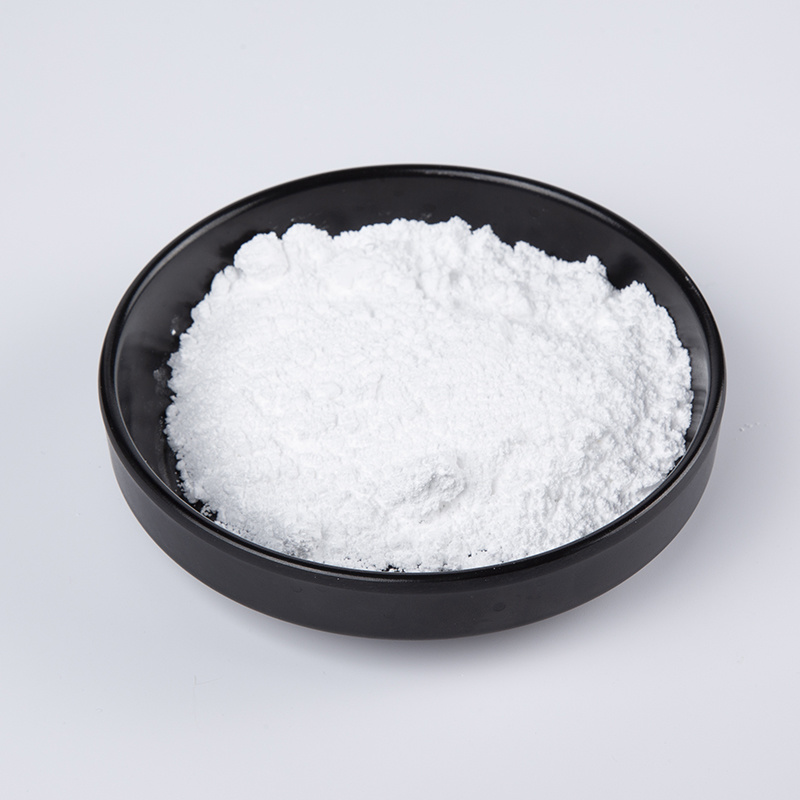-
Categories
-
Pharmaceutical Intermediates
-
Active Pharmaceutical Ingredients
-
Food Additives
- Industrial Coatings
- Agrochemicals
- Dyes and Pigments
- Surfactant
- Flavors and Fragrances
- Chemical Reagents
- Catalyst and Auxiliary
- Natural Products
- Inorganic Chemistry
-
Organic Chemistry
-
Biochemical Engineering
- Analytical Chemistry
-
Cosmetic Ingredient
- Water Treatment Chemical
-
Pharmaceutical Intermediates
Promotion
ECHEMI Mall
Wholesale
Weekly Price
Exhibition
News
-
Trade Service
1,1′′-(1-Methylethylidene)bis[ethylferrocene] (MEB) is an important chemical intermediate in the production of various materials and products in the chemical industry.
It is widely used as a catalyst for various chemical reactions, such as polymerization and metalation, and as a building block for the synthesis of complex molecules.
The synthesis of MEB typically involves the reaction of ferrocene with a methyldiyl compound, such as dimethylzinc, in the presence of a Lewis acid catalyst, such as aluminum chloride.
The resulting product is then purified and hydrogenated to remove any remaining impurities.
MEB is an important intermediate in the production of various materials and products in the chemical industry.
For example, it can be used as a catalyst for the polymerization of polyethylene, polypropylene, and other polymers.
It is also used as a catalyst for the metalation of various compounds, such as alkanes and arenes.
In addition to its use as a catalyst, MEB is also used as a building block for the synthesis of complex molecules.
For example, it can be converted into other ferrocene-based compounds, such as ferrocene, which is used as a catalyst in various chemical reactions.
MEB can also be converted into other chemicals, such as organic acids, alcohols, and amines.
MEB is an important chemical intermediate in the production of various materials and products in the chemical industry.
It is widely used as a catalyst for various chemical reactions, such as polymerization and metalation, and as a building block for the synthesis of complex molecules.
Its synthesis and use are important to the chemical industry, and its properties and applications continue to be studied and developed.







